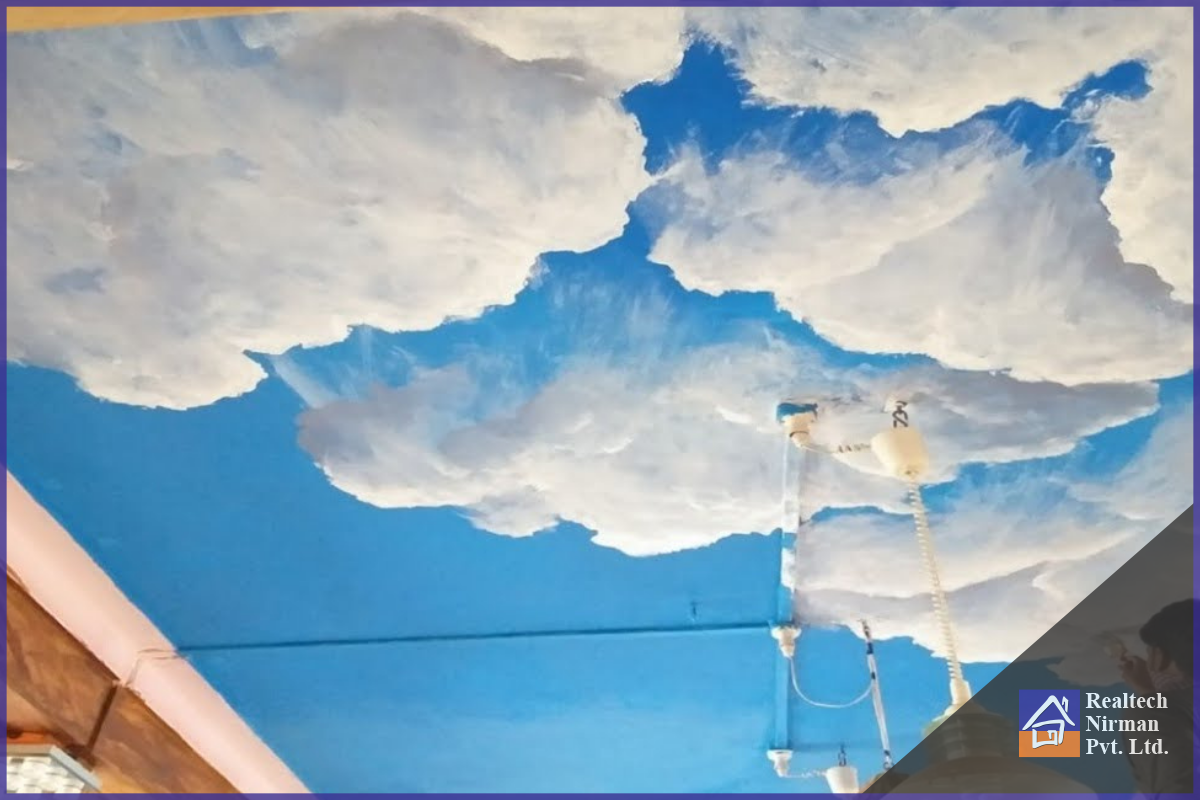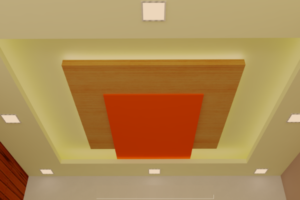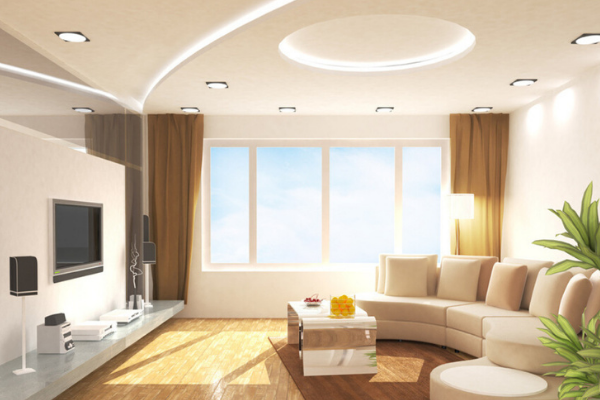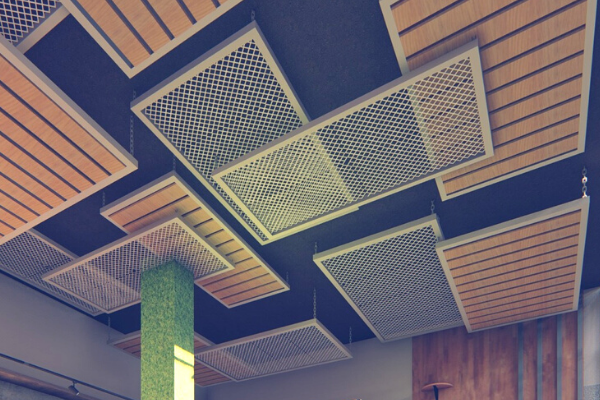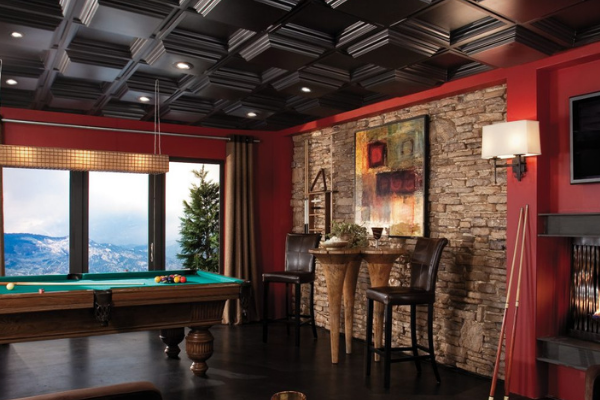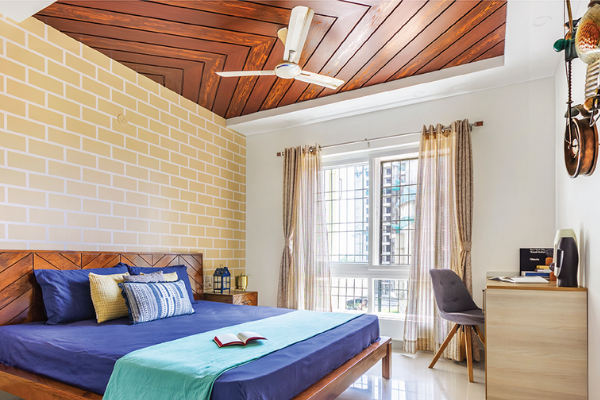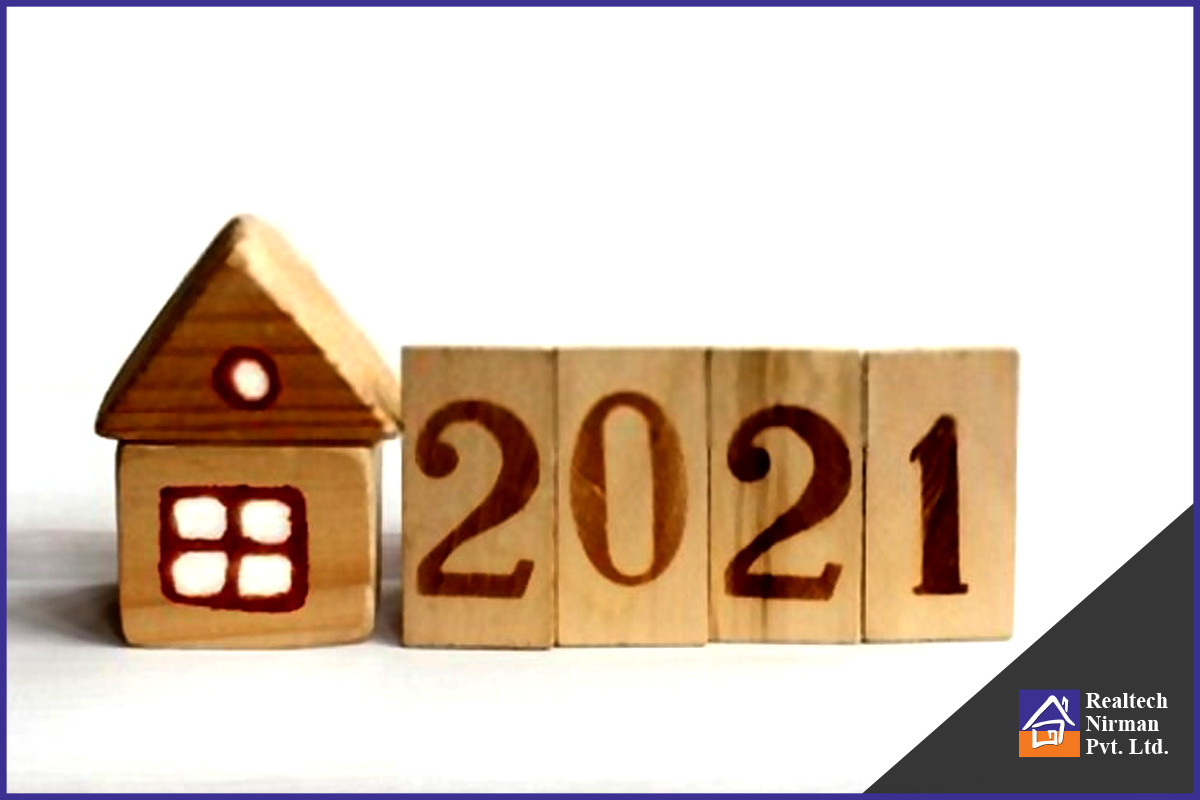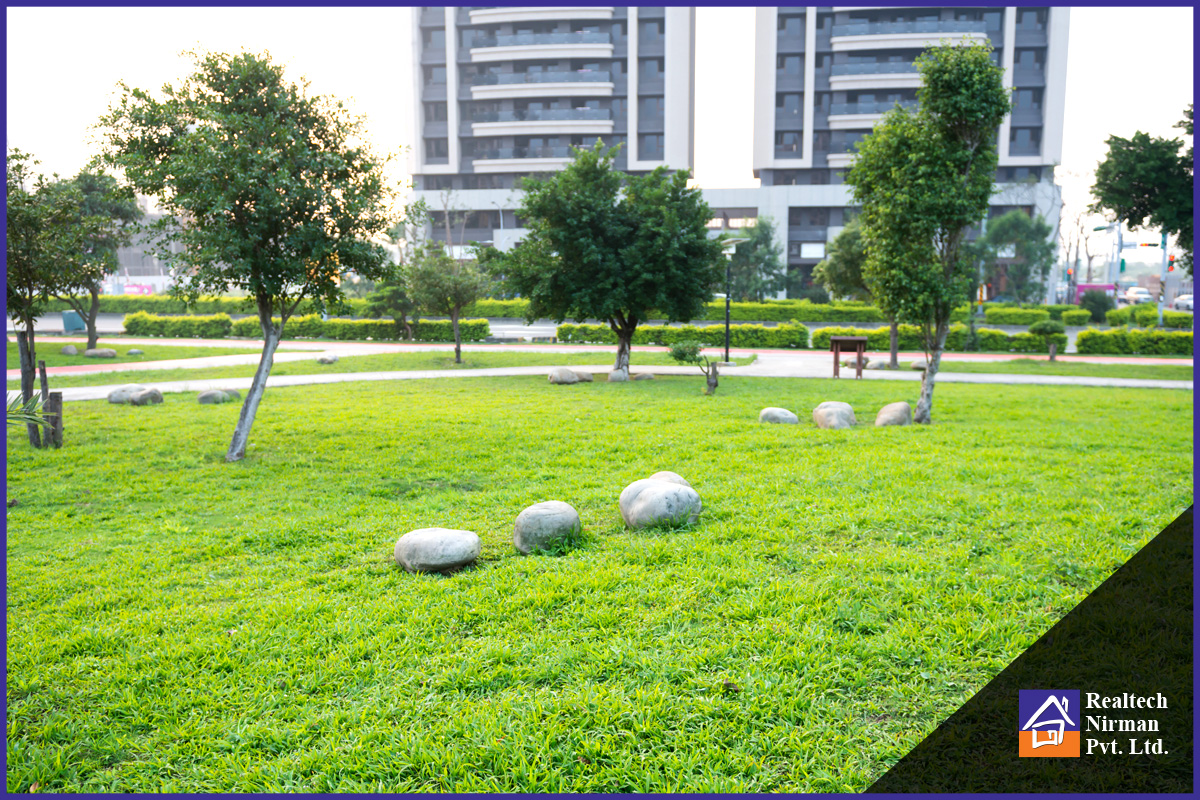How important is Kuber for your glory?
Let the deity of wealth and prosperity prevail in your home by removing all obstacles and negativity. The north-east direction is the place of Kuber. Toilet, shoe-racks or any kind of heavy furniture is a big no in this section of the house. Open spaces and organised north-east section of the house is welcoming for Kuber to be prevail in the house. To allow generous flow of good energy and positivity, place a mirror or a Kuber Yantra on the north wall of the north section of the entire home. Give way to fresh financial opportunities with this tip.
Are your lockers on the safe side of the house?
To ensure financial constancy concentrate on the earth corner, that is, the south-west corner of the house. It is advisable to store all your vital documents, cash and precious jewellery in this corner of the house. The safe or cupboard in which the important documents and jewellery is being stored must be facing north or north-east. Things to keep in mind when following this tip are:
♦ The vaults or cupboard must face north/north-east |
♦ It is advisable to place a red cloth inside the safe |
♦ Add a Citrine crystal, if possible, for attracting more financial growth |
Be organised and tidy
Keeping a clutter-free home is always recommended in Vastu. A simple and neat home allows free flow of energy as well as makes it easy to be maintained on a daily basis. The way energy flows in the house are catalysed by a clean and more open area in the house. The doors and windows should also be kept clean including the storage spaces.
Keep your fishy pets nearby
For all the fish pet lovers, be careful of where you place them. The north-east direction can bring in good pace to positive energy flow in the house. You can also make use of a water fountain with water circulation in it. These are considered auspicious for bringing in good money luck. Also keep a check on the water clarity and keep changing it to avoid dirty water getting stored. Unclean water makes for obstacles in the way of financial growth.
Ensure an intact door in proper condition
The main door is the best feature of the house that must be kept in proper condition. There must be no cracks on the door or faults with the locking system of it. The door attracts positive energy and prosperity which calls for it to be attractive and well-maintained always. You can also place fengshui items like wind chimes and plants to enhance the entry to the house.
Do not ignore that leak
Water leakages in the kitchen, bathroom and garden area must be immediately attended to avoid adverse effect on economic prosperity. Water leakages is figurative of financial distress and loss of money. One must be cautious of it especially during the monsoon season. Sometimes a damp wall facing internal leakage issues can skip our notice but it must be dealt with high importance.
Did your water tanker placement strike a chord?
Your overhead water tanks cannot be placed in the north-east or the south-east corner of the house. Any water body in these two directions is not considered Vastu-compliant. Doing so can lead to health issues like chest pain, headaches, digestive issues and degrading mental health. It is also responsible for stress related issues.













